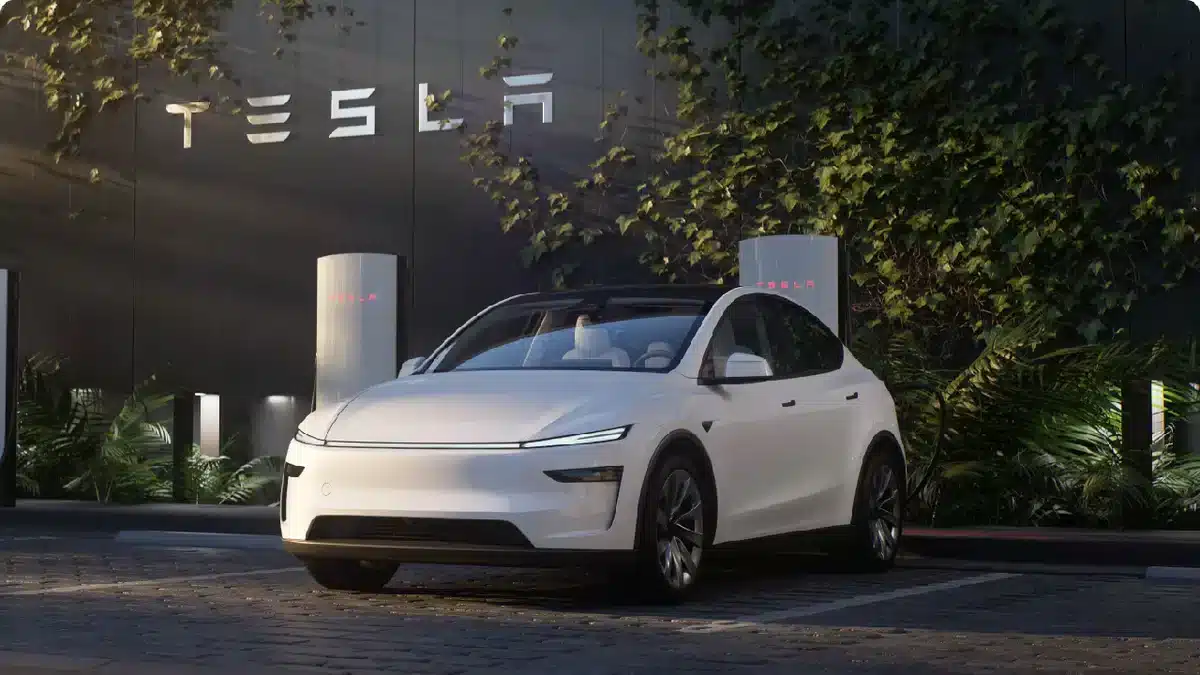The Norwegian Automobile Federation’s comprehensive evaluation of electric vehicle performance has delivered surprising insights into real-world range capabilities. This extensive testing program examined 27 different electric models, revealing significant discrepancies between manufacturer claims and actual driving distances. Tesla’s consistent overperformance stood out among the results, though the luxury segment produced some unexpected winners.
Lucid Air dominates raw distance measurements
The Lucid Air Grand Touring achieved the most impressive absolute range figure during the Norwegian testing program, covering an extraordinary 832 kilometers on a single charge. This luxury electric sedan, priced from €150,000, demonstrated the potential of premium battery technology and aerodynamic design. However, this remarkable distance still fell 130 kilometers short of the manufacturer’s bold 960-kilometer promise.
The 13% negative deviation represents the largest gap between advertised and actual performance in the entire study. This discrepancy highlights the challenges facing even high-end manufacturers in meeting ambitious range projections. Despite its theoretical capabilities, the Lucid Air’s market penetration remains minimal, with only a single registration recorded in Norway between January and May 2025.
Such limited adoption contrasts sharply with the vehicle’s technical achievements. The substantial price premium and limited availability may explain why Norwegian consumers have shown reluctance to embrace this American luxury brand. Contract complications in luxury purchases often deter potential buyers from making significant financial commitments.
Tesla models exceed manufacturer promises consistently
The Tesla Model 3 delivered exceptional real-world performance, traveling 729 kilometers compared to its official range specification. This represents a positive variance of 27 kilometers, positioning it as the top performer within its €39,990 price category. The sedan’s efficiency and battery management system clearly optimize energy consumption beyond laboratory conditions.
Even more impressive was the Model Y’s achievement, which covered 653 kilometers despite Tesla’s official claim of 586 kilometers for the Long Range all-wheel-drive variant. This 67-kilometer surplus translates to an outstanding 11.4% positive difference, marking the largest overperformance recorded throughout the entire evaluation process.
Norwegian sales figures reflect consumer confidence in Tesla’s range capabilities. May 2025 registrations reached 2,600 vehicles, representing a dramatic 212.5% increase compared to the previous year. Of these sales, 2,346 units were Model Y vehicles while 253 were Model 3 sedans. When parking these vehicles, owners can feel confident about their range predictions based on these test results.
European and Chinese brands show mixed results
BMW’s iX luxury SUV demonstrated solid performance, achieving 695 kilometers compared to its advertised 668-kilometer range. This German manufacturer’s consistent engineering approach resulted in a reliable 27-kilometer bonus for drivers. The positive variance suggests BMW’s conservative range estimates provide customers with pleasant surprises during longer journeys.
Polestar’s results varied significantly between models. The Polestar 4 exceeded expectations with 624 kilometers, surpassing its official specification by 24 kilometers. However, the more expensive Polestar 3 disappointed by achieving only 667 kilometers against its promised 695-kilometer range, creating a 28-kilometer shortfall.
Chinese manufacturers showed promising capabilities in this Norwegian assessment. The following models demonstrated positive performance variances :
- BYD Tang : 562 kilometers achieved versus 530 kilometers promised (+32 km)
- Sealion 7 : 517 kilometers covered against 502 kilometers advertised (+15 km)
- Zeekr 7X : 585 kilometers traveled with an 8% positive deviation
The Sealion 7, available from €46,990, represents excellent value given its ability to exceed manufacturer promises. Meanwhile, the recently launched Zeekr 7X SUV has quickly established credibility in the Norwegian market through its reliable range performance. Smart preparation techniques for extended journeys become less critical when vehicles consistently exceed their stated capabilities.
Testing methodology reveals real-world driving conditions
The Norwegian Automobile Federation partnered with Motor.no media to conduct this comprehensive range evaluation under authentic driving conditions. The testing protocol emphasized real-world scenarios rather than controlled laboratory environments, providing consumers with practical insights into electric vehicle performance expectations.
Norwegian climate conditions present unique challenges for electric vehicles, including temperature variations that significantly impact battery efficiency. The test results therefore carry particular relevance for consumers in similar northern European markets where cold weather performance remains a critical consideration.
This evaluation methodology contrasts with manufacturer testing procedures, which often occur under ideal conditions. The NAF’s approach provides more realistic expectations for daily driving scenarios, helping potential buyers make informed decisions about electric vehicle purchases. The significant variances between official claims and actual performance highlight the importance of independent testing programs.








